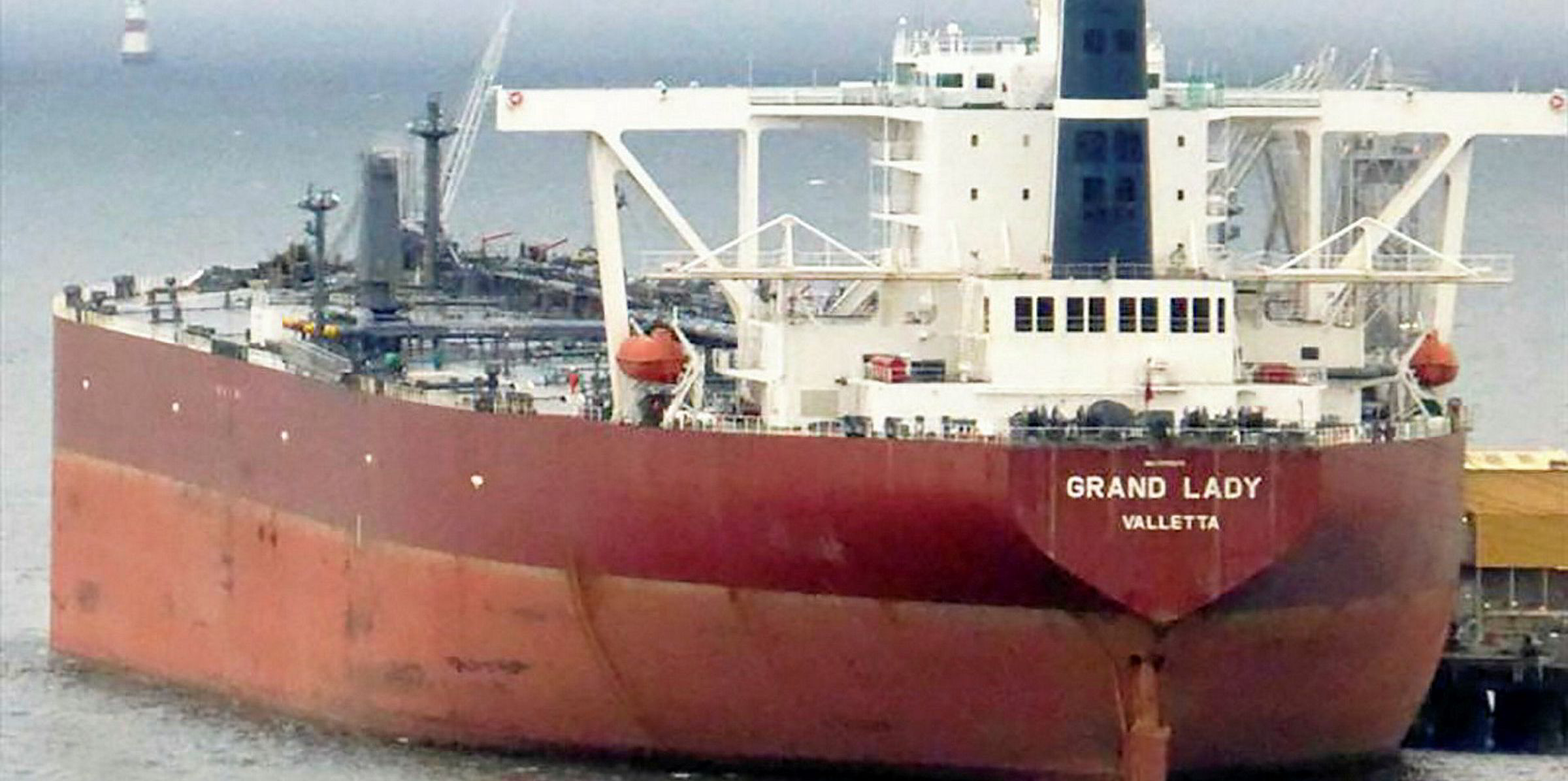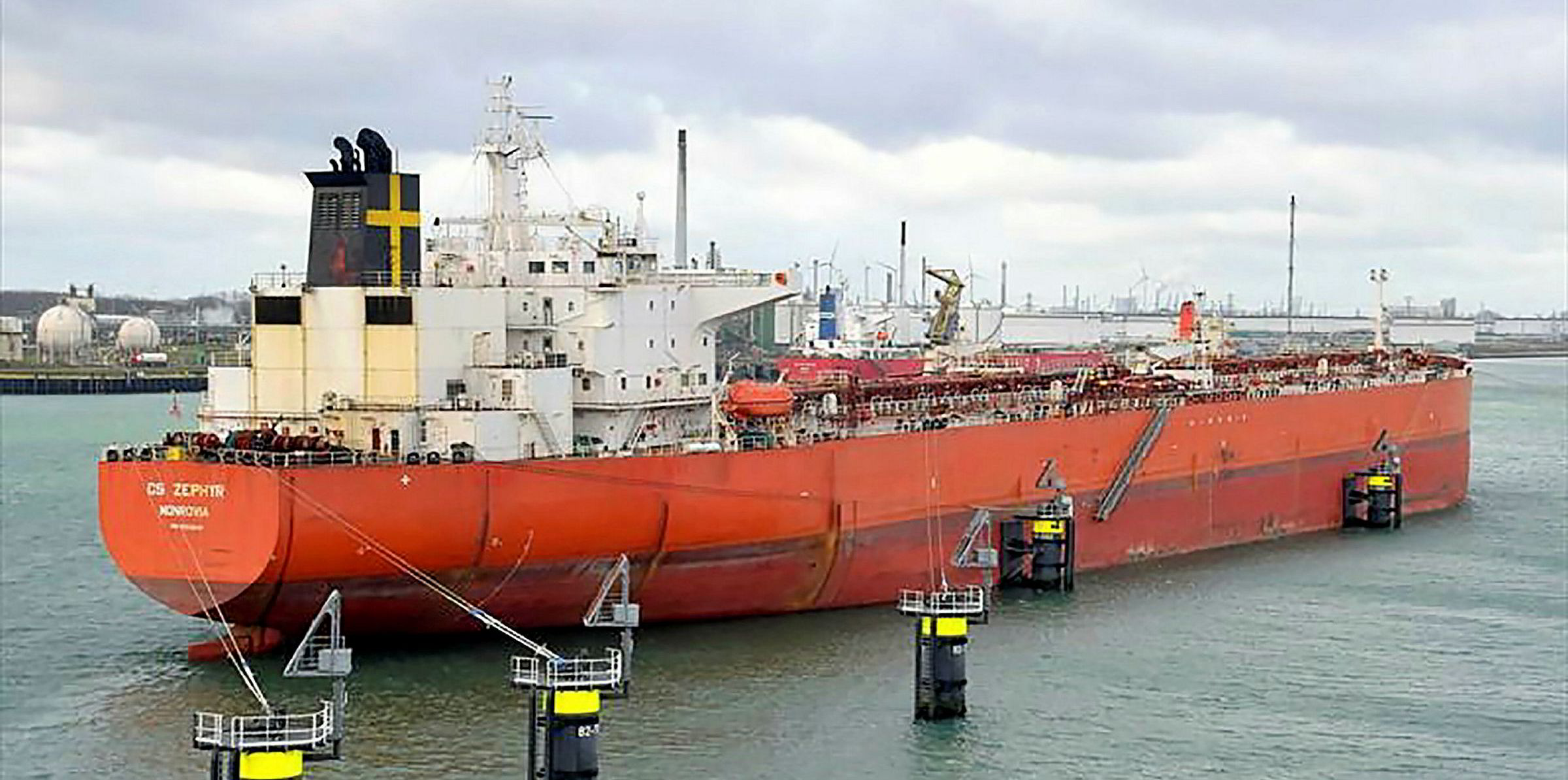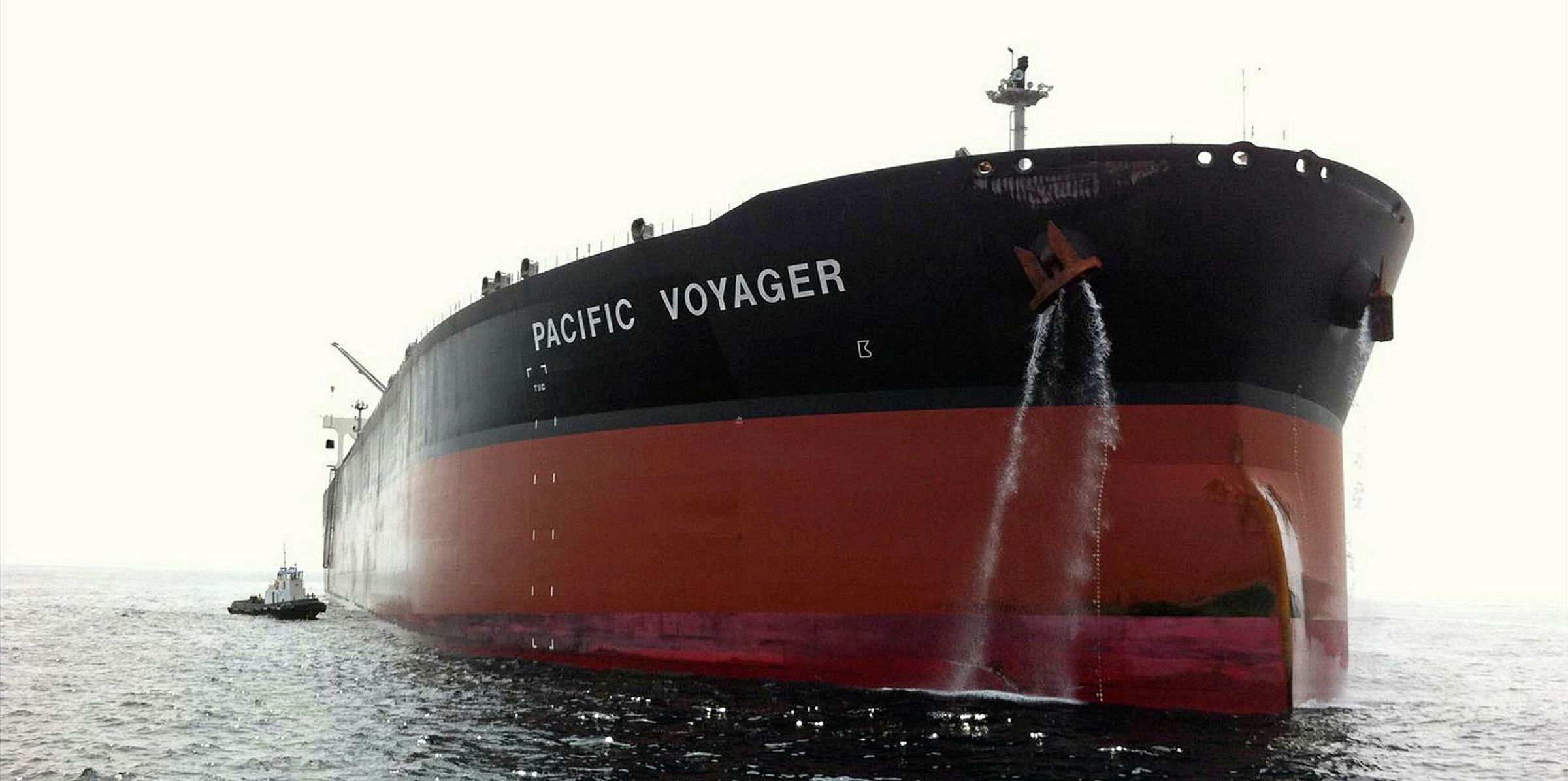It is easy to see why asset values for old VLCCs have been rising through the roof recently. Buyers are hoping to cash in on the contango effect caused by oil producers and traders desperately needing to store oil at sea.
Let us hope they are able to recoup their investments.
Recent deals involving older VLCCs have shown a remarkable inflation in values. Take, for example, Eastern Mediterranean Maritime's 300,000-dwt Grand Lady (built 2002), which recently sold for about $34m.
A slightly older fleet mate was sold for $30m just prior to that. Up until late last year, the ships were not worth much more than their scrap values.
Sky-high prices
Today, the Grand Lady and other VLCCs of similar vintage are worth double their scrap values, sometimes more.
The pages of recent editions of TradeWinds are peppered with articles involving similar deals that bring back memories of the prolonged shipping boom just over a decade ago, when old bulkers and tankers commanded stratospheric prices.
Back then, all eyes were agog when 15-year-old capesize bulkers were being sold for prices that were not too far below the cost of a newbuilding. Capesizes at 20 years of age were not much cheaper.
Even older VLCCs proved popular with buyers looking to convert them into bulkers.
At conferences and in market reports, even the most respected experts and analysts went on at length about this being shipping’s new paradigm, a super-cycle that would never end. Anyone who dared to suggest otherwise was booed off the conference stage.
As for asset values? Well, that well-known expression about 'the higher you climb, the harder you fall' could not have been more apt
The 2008 global financial crisis brought this big party to an abrupt end. Phrases such as “new paradigm” and “super-cycle” have not been mentioned since. Old, trusted realities of market cycles and volatility returned.
As for asset values? Well, that well-known expression about “the higher you climb, the harder you fall” could not have been more apt.
Not long after the crash, I was seated next to a banker at a ship-finance conference. The mood at the event was morose and the banker was close to tears.
His loan portfolio had gone up in smoke. Many of his clients had gone bust and the value of their highly leveraged old vessels was only what shipbreakers in India, Bangladesh or Pakistan were willing to pay, if they could find room at their yards.
Nobody else wanted them. His bank was being forced to write off a small fortune and he was facing the prospect of redundancy.
I asked if it had occurred to him at the time he issued those loans that the sale prices for old ships were just plain insane?
He muttered something about running the numbers through the models and they worked. I felt sorry for the guy.
And that brings us back to the buying frenzy in the VLCC sector today.
Supply reduction
As TradeWinds reported last Friday, crude tanker markets have begun to feel the impact from supply cuts by major oil producers as demand for floating storage and voyage charters falls.
This aggressive supply reduction has come amid early signs of oil demand recovery, leading to narrower oil contango and reducing incentives for floating storage.
Oil prices are also on the rise. The Brent Crude Index has steadily risen to $29.27 on Tuesday from a record low of $19.33 per barrel on 21 April, a level that meant that producers were literally paying customers to take the product off their hands.
How long is the current VLCC party going to last?
Will the high-priced gambles on older VLCCs pay off?
Will history repeat itself?
Time will show the wiser!






